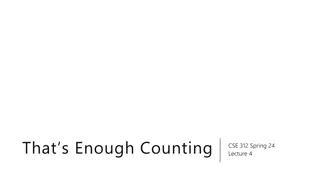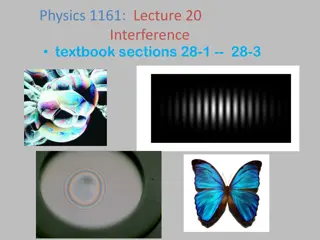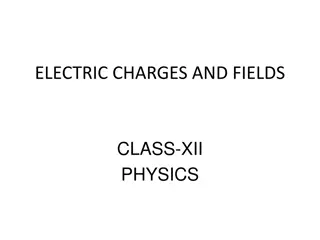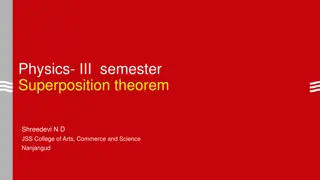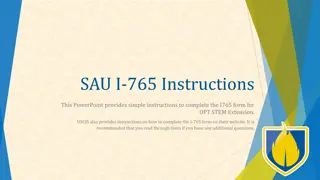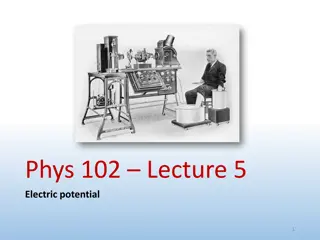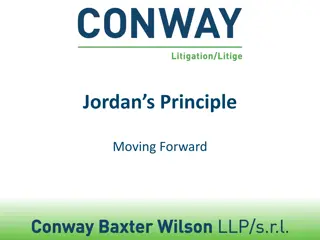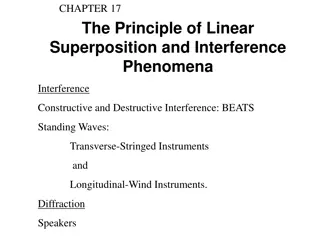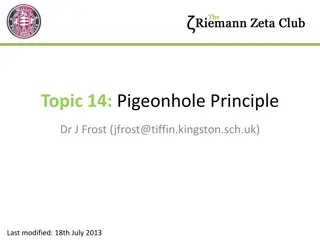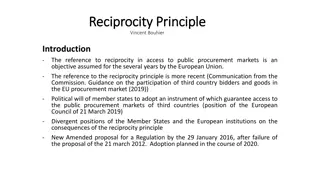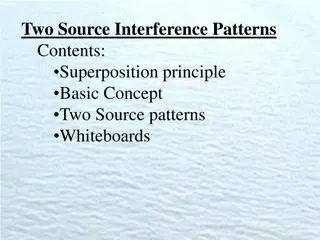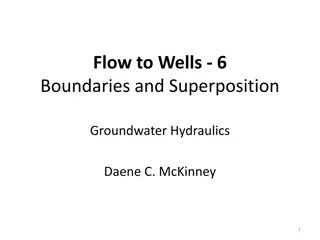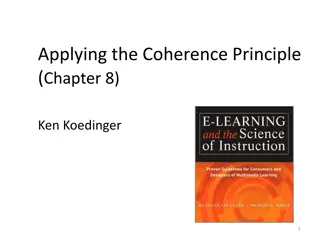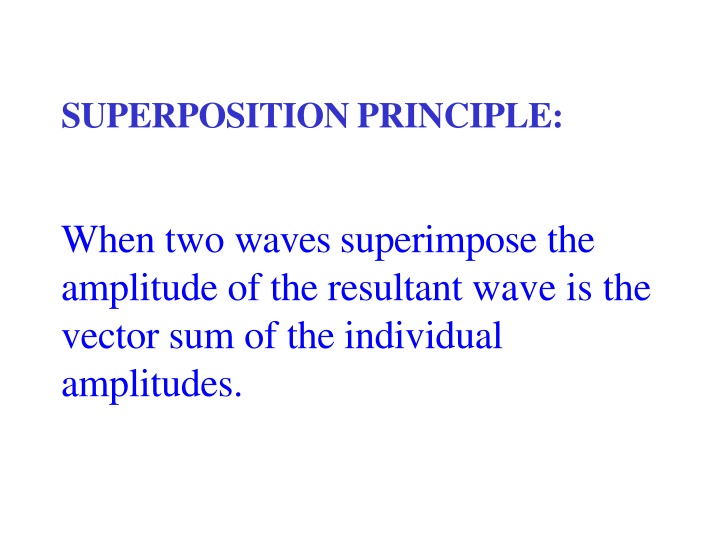
Wave Interference and Applications in Light Waves
Explore the concepts of superposition principle, interference, constructive and destructive interference, their visual representations, and applications in light waves. Learn how interfering light waves create colors in soap bubbles due to constructive and destructive interference. Discover the fascinating phenomena of wave interactions and their practical implications.
Download Presentation

Please find below an Image/Link to download the presentation.
The content on the website is provided AS IS for your information and personal use only. It may not be sold, licensed, or shared on other websites without obtaining consent from the author. If you encounter any issues during the download, it is possible that the publisher has removed the file from their server.
You are allowed to download the files provided on this website for personal or commercial use, subject to the condition that they are used lawfully. All files are the property of their respective owners.
The content on the website is provided AS IS for your information and personal use only. It may not be sold, licensed, or shared on other websites without obtaining consent from the author.
E N D
Presentation Transcript
SUPERPOSITION PRINCIPLE: When two waves superimpose the amplitude of the resultant wave is the vector sum of the individual amplitudes.
INTERFERENCE: When two waves of same frequency moving in the same direction superimpose interference takes place.
CONSTRUCTIVE INTERFERENCE: Constructive interference occurs at a point where two overlapping or intersecting waves of the same frequency are in phase that is, where the crests and troughs of the two waves coincide. In this case, the two waves reinforce each other and combine to form a wave that has an amplitude equal to the sum of the individual amplitudes of the original waves.
Destructive interference occurs when two intersecting waves of the same frequency are completely out of phase that is, when the crest of one wave coincides with the trough of the other. In this case, the two waves canceleach other out.
INTERFERENCE IN LIGHT WAVES
1.Interfering light waves are responsible for the colours occasionally seen in soap bubbles. White light is made up of light waves of different wavelengths; the light waves reflected from the inner surface of the bubble interfere with light waves of the same wavelength reflected from the outer surface of the bubble. Some of the wavelengths interfere constructively, and other wavelengths interfere destructively. Since different wavelengths of light correspond to different colours, the light reflected from the soap bubble appears coloured.
2.The phenomenon of interference between visible light waves is exploited in holography ( method of obtaining three-dimensional photographic images).
3.The phenomenon of interference is used in interferometry (that utilizes the phenomenon of interference of light waves for the ultra-precise measurement of wavelengths of light itself, of small distances, and of certain optical phenomena).
1.The interference of water waves can be observed by dropping objects in a still pool of water and noting how the overlapping waves interfere constructively at some points and destructively at others.
2. Radio waves interfere with each other when they bounce off buildings in cities, distorting the signal.
3.Sound-wave interference must be taken into account when constructing concert halls, so that destructive interference does not result in areas in the hall where the sounds produced on stage cannot be heard.


